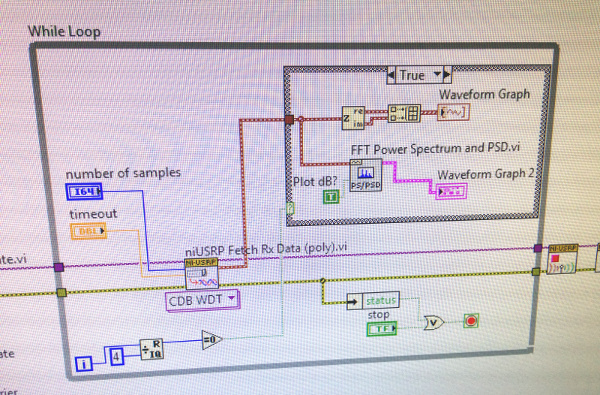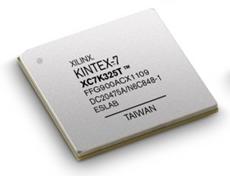Four Interesting DSLs
Posted on December 4, 2014Here are a few interesting DSLs. Traditional programming languages are
usually textual documents with lots of ; a few foo(..) and maybe a
data Bar = .... But this is not always the case! Below are four
DSLs.
- A traditional textual language to generate graphics.
- An ascii visual language to generate graphics.
- A graphical language to generate hardware.
Diagrams
Diagrams is a Haskell embedded DSL for creating vector graphics. Here is some diagrams DSL code:
Diagrams code
circleSqT = square 1 `atop` circle 1 # translate (r2 (0.5, 0.3)) circleSqHT = square 1 ||| circle 1 # translate (r2 (0.5, 0.3)) circleSqHT2 = square 1 ||| circle 1 # translate (r2 (19.5, 0.3)) example = hcat [circleSqT, strutX 1, circleSqHT, strutX 1, circleSqHT2]
Diagrams output

Ditaa
Ditaa is a small command-line utility that converts diagrams drawn using ascii art into bitmap graphics.
Ditaa code
+--------+ +-------+ +-------+
| | --+ ditaa +--> | |
| Text | +-------+ |diagram|
|Document| |!magic!| | |
| {d}| | | | |
+---+----+ +-------+ +-------+
: ^
| Lots of work |
+-------------------------+
Ditaa output

Needle
Needle is a domain specific language for ASCII-fied arrow notation.
Needle code
{-# LANGUAGE QuasiQuotes #-}
fNeedle :: (Int, Int, Int) -> (Int, Int, Int, Int)
fNeedle = [nd|
}=={(+1)}=\==========================>
\
}===\ \ /============>
\ \ /
}=) \ (==={uncurry div}=/={negate}===>
\
\=={(*2)}========================>
|]
Needle output
*Main> fNeedle (1,2,3) (2,0,0,4)
"G" in LabVIEW
This is my favourite DSL of the four, because what is shown below is a while loop structure in the G language. National Instruments might not describe "G" as a DSL, but it certainly is one. LabVIEW is a system-design platform and development environment for "G", a visual programming language from National Instruments.
G code

G output

The LabVIEW generates a bitfile from an algorithm design expressed in G, which can be used to configure an FPGA.